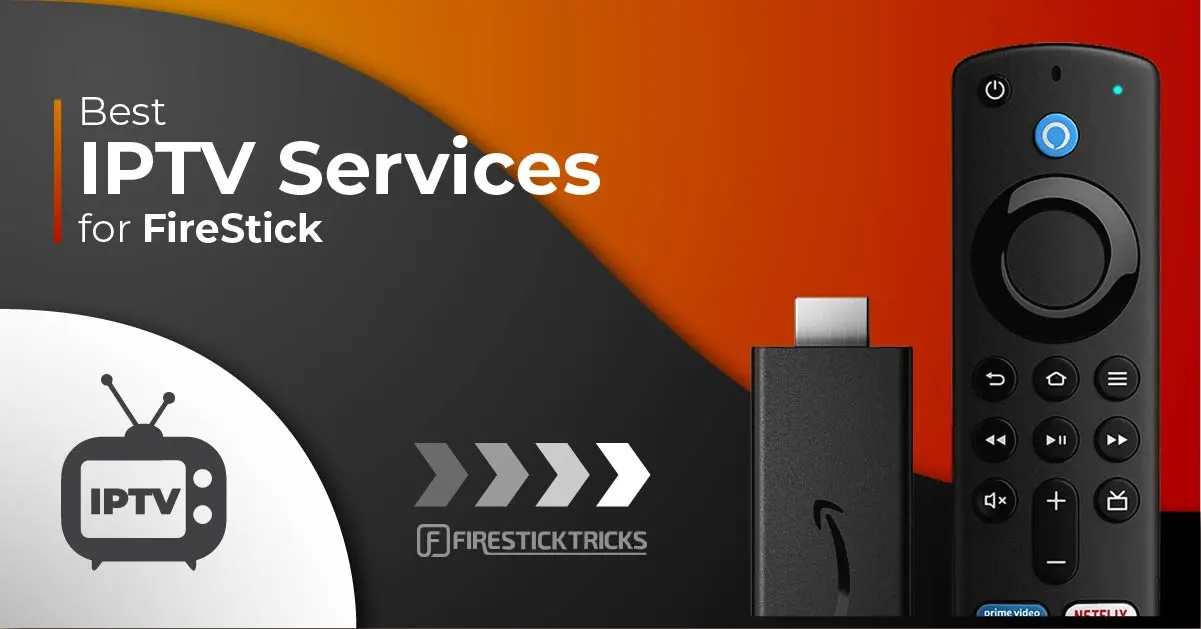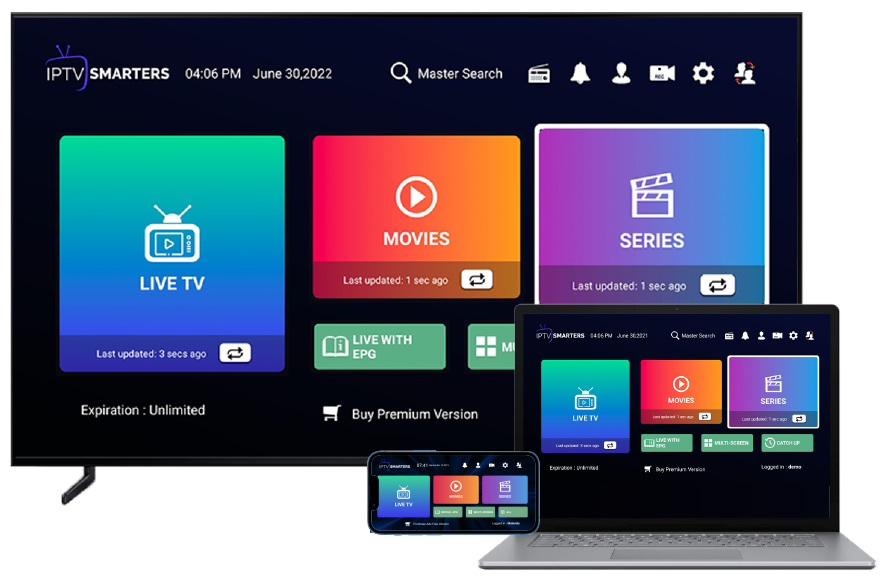Gain Access To Premium Web Content: IPTV Subscription Plans Tailored to You
Gain Access To Premium Web Content: IPTV Subscription Plans Tailored to You
Blog Article
How IPTV Functions: A Step-by-Step Guide to Internet Protocol Television Modern Technology
Web Protocol Tv (IPTV) has actually reinvented the method we eat television content, using a new world of opportunities via the power of the internet. Comprehending the ins and outs of how IPTV works can shed light on the technology that drives this cutting-edge kind of media delivery. From the fundamental principles of IPTV to the intricate procedure of web content delivery, each step plays an essential duty in ensuring a seamless watching experience. In this guide, we will certainly reveal the underlying systems that make IPTV a fascinating combination of technology and amusement.
IPTV Essentials
In comprehending IPTV essentials, it is essential to understand the fundamental functions of this modern technology in providing television web content online. IPTV, which means Net Protocol Tv, uses Net Protocol (IP) networks to send tv web content to users' devices. Unlike typical techniques of transmitting television material with wire or satellite signals, IPTV streams media with high-speed net links.

Moreover, IPTV enables interactive capabilities, such as video clip as needed (VOD) and digital program overviews (EPG), enhancing the individual experience by offering more control and versatility in accessing material. Overall, understanding the essentials of IPTV establishes the structure for discovering its advanced capabilities and the advantages it supplies to modern-day tv consumption.
Material Delivery Refine
Effective web content shipment in IPTV systems involves a well-structured procedure that guarantees seamless transmission of tv content over IP networks. The material shipment process in IPTV begins with the development of the video clip material, which is then encoded right into digital format appropriate for IP transmission. This inscribed web content is after that securely stored on servers referred to as media web servers. When a customer requests particular web content, the IPTV system fetches the asked for data from the media web servers and provides it to the audience's gadget online.

Middleware Performance
With the integration of middleware, IPTV systems gain boosted performance that improves user interaction and web content administration. Middleware works as a critical part that links the space between the user interface and the back-end framework, facilitating smooth communication and communication within the IPTV system. One of the crucial functions of middleware in IPTV is to allow tailored user experiences by offering find more information functions such as interactive program overviews, video-on-demand solutions, interactive advertising and marketing, and individual choices administration. By centralizing these functionalities through middleware, provider can provide a more vibrant and tailored IPTV experience to their subscribers.

Tool Compatibility
Provided the crucial function of middleware in making it possible for seamless communication and material administration in IPTV systems, an important element to consider is the compatibility of gadgets used for accessing the IPTV services. Device compatibility is vital for making sure a smooth individual experience and ideal efficiency when accessing IPTV content.
In the context of IPTV, gadget compatibility describes the capability of a tool to efficiently connect with the IPTV solution, show material properly, and support the necessary procedures and codecs for streaming video content over the internet. Different gadgets, such as clever TVs, set-top boxes, mobile phones, anchor tablet computers, and computer systems, may have varying degrees of compatibility with IPTV services.
To make sure a seamless watching experience, it is very important for customers to pick gadgets that work with the specific IPTV solution they are utilizing. In addition, IPTV provider must use support for a vast array of gadgets to satisfy the varied needs of their user base. By prioritizing tool compatibility, both customers and company can boost the total IPTV experience.
Quality of Service (QoS)
Taking into consideration the essential function of maintaining a high criterion of efficiency and reliability in IPTV systems, making certain constant Top quality of Solution (QoS) continues to be a fundamental element of the customer experience. QoS in IPTV refers to the ability of the system to provide web content with minimal interruptions, high resolution, and quickly loading times. To accomplish optimum QoS, different aspects need to be attended to. Network transmission capacity is important to support top quality video clip streaming without buffering or pixelation. Furthermore, latency, jitter, and package loss should be lessened to improve the checking out experience.
Company utilize QoS mechanisms such as web traffic prioritization, buffering, and error modification to maintain a stable IPTV service. By focusing on IPTV traffic over less time-sensitive information, providers can make certain smooth playback also during optimal use hours. Buffering aids compensate for network variations, while mistake improvement techniques improve data integrity.
Constant tracking and optimization of QoS criteria are necessary to adapt to transforming network problems and customer needs. Inevitably, a robust QoS framework is essential for providing a seamless and satisfying IPTV experience to individuals.
Conclusion
In final thought, IPTV operates through the transmission of television web content over web protocol networks. The modern have a peek at this website technology involves an organized procedure of material delivery, assisted in by middleware capability to guarantee compatibility throughout numerous devices. Top quality of Service plays an important function in keeping the effectiveness and integrity of IPTV solutions. Comprehending the basic principles of IPTV is vital for understanding the complexities of this innovative tv technology.
Report this page